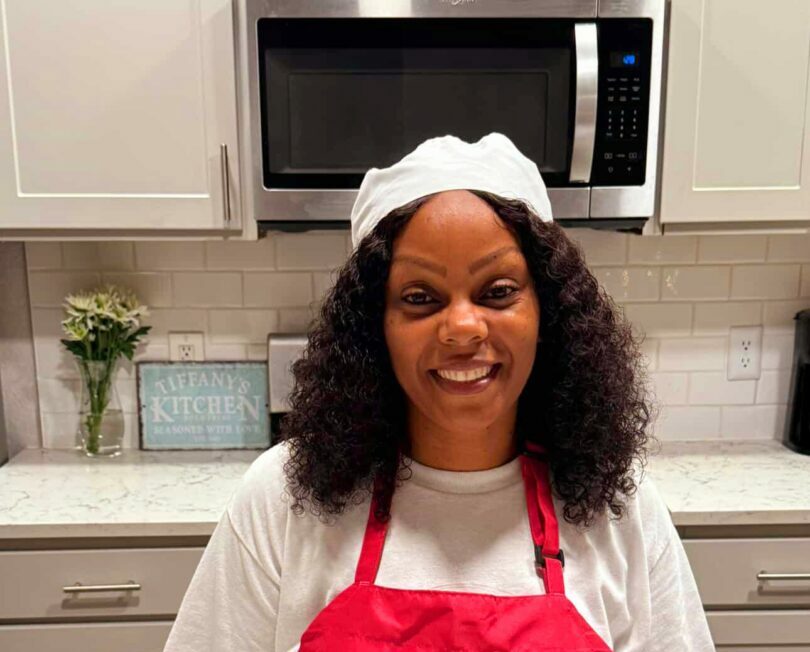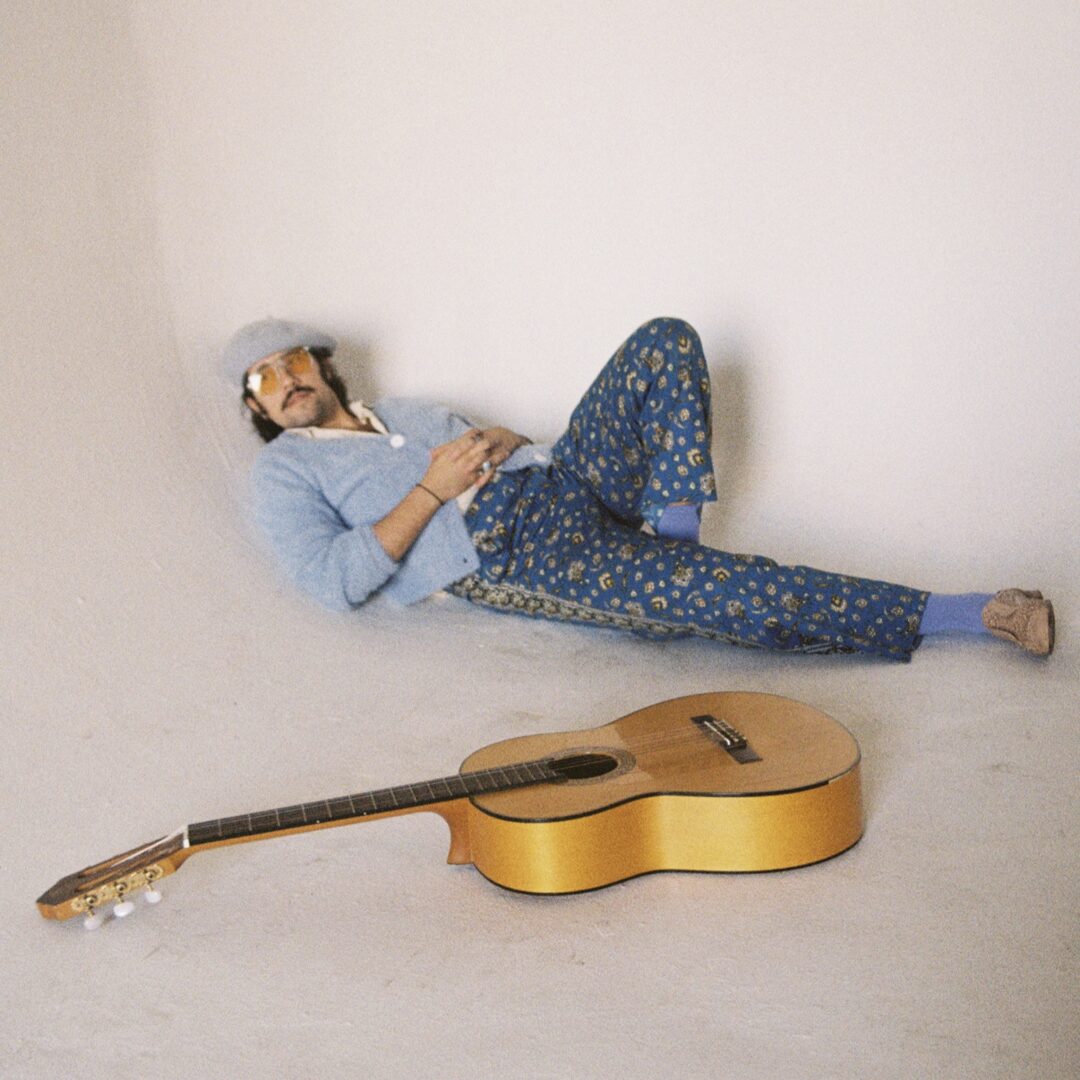We were lucky to catch up with Ruibo Zhang recently and have shared our conversation below.
Hi Ruibo, thank you so much for opening up with us about some important, but sometimes personal topics. One that really matters to us is overcoming Imposter Syndrome because we’ve seen how so many people are held back in life because of this and so we’d really appreciate hearing about how you overcame Imposter Syndrome.
As an independent curator, many curatorial opportunities often feel like pure luck due to the lack of support from art organizations and funding. Even now, I often wonder if I am really capable of curating exhibitions. Are some of these opportunities really deserved, or are they simply offered because they are the result of my friendship with the space owner or an introduction from an artist friend? I still face this anxiety of feeling like I need to constantly prove myself. I think dealing with this situation requires reconciliation and compromise with myself. I 🙉 tell myself that good relationships are indeed part of one’s ability in the art industry. Along the way, you will meet a lot of valuable people who will help you. It’s not that you’re not deserving, but they think you’re the best person for the opportunity because friends can immediately recognize your efforts and support you. I think I need to work further on this one, but it’s vital to recognize that it exists.

Thanks for sharing that. So, before we get any further into our conversation, can you tell our readers a bit about yourself and what you’re working on?
I am currently working at a gallery in Shanghai, assisting with the gallery’s operations, exhibition curation, and art fair projects. This job allows me to connect with different artists and participate in various art projects. Throughout this process, I encounter people from diverse cultural backgrounds. For instance, I visit artists’ studios to view their latest works and learn the stories behind them. Each artist has their own passion for art and unique insights, which makes interacting with them incredibly interesting.
Currently, I am planning a group exhibition at the gallery that will feature four female artists. The theme will be related to folklore, mythology, and female identity.

There is so much advice out there about all the different skills and qualities folks need to develop in order to succeed in today’s highly competitive environment and often it can feel overwhelming. So, if we had to break it down to just the three that matter most, which three skills or qualities would you focus on?
As an independent curator, it is essential to have a substantial knowledge base in art history and related interdisciplinary fields. You need to understand the history of contemporary art and be familiar with information about renowned artists. This knowledge allows you to build a solid theoretical framework for exhibitions. For example, if your exhibition is about abstract art or post-war expressionism, you need references to certain artists to better compare and contrast with the participating artists. Interdisciplinary knowledge, such as sociology and anthropology, is also crucial. These fields can provide unique insights and perspectives for your curatorial work.
Additionally, practical experience in organizing exhibitions is very important. You need to know how to showcase different artworks, whether they should be hung or displayed independently, and how to manage the relationship between artworks and the space. Lastly, maintaining a constant curiosity and interest in different artists and topics is key. This passion drives you to continuously learn and explore.
For those just starting out as independent curators, I believe continuous learning and practical experience are vital. It is also important to network and build relationships with various artists, as opportunities often arise from these connections. Recommendations and recognition from your peers are important and somehow these opportunities come to you when you think you haven’t prepared for, but they have already been there waiting for you for a long time, you just need to find the right person to share with.

All the wisdom you’ve shared today is sincerely appreciated. Before we go, can you tell us about the main challenge you are currently facing?
To be honest, the biggest challenge I face when curating exhibitions is the exhibition censorship system imposed by the Chinese government. Every exhibition must undergo review before being displayed, requiring submissions of interpretations of artworks and exhibitions from curators. However, this process is often a waste of time because the actual review is fraught with ignorance and subjective biases. It often comes down to the whims of a single individual. I once curated an exhibition themed around artists’ desires, encompassing various aspects such as the desire for female gaze, expression, and being heard. However, it was rudely interpreted by the censorship authority as solely about sexual desire, leading to the exhibition being rejected. This is absurd and disheartening. Art should be diverse and inclusive. All forms, positive or negative, should have the right to be interpreted and showcased, rather than being abruptly canceled based on the whim of a single censorship officer. This remains a challenge I encounter in every exhibition process. To obtain approval for exhibition, I often have to distort or fabricate the meanings of artists’ works and write meaningless texts just to ensure the exhibition passes censorship.



Image Credits
from Ruibo Zhang
so if you or someone you know deserves recognition please let us know here.




